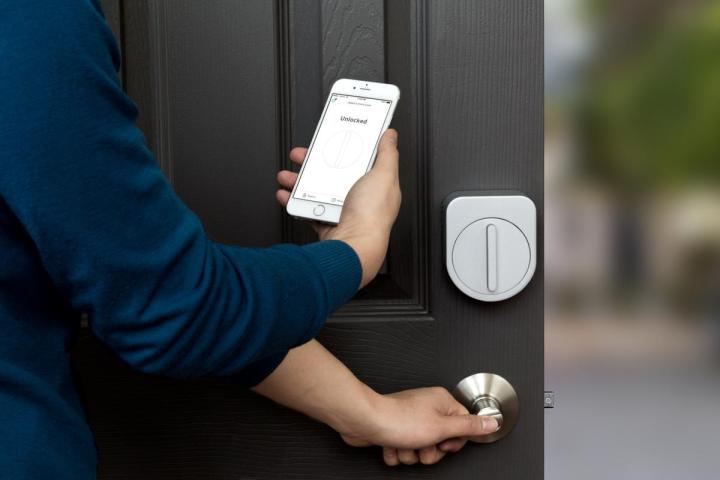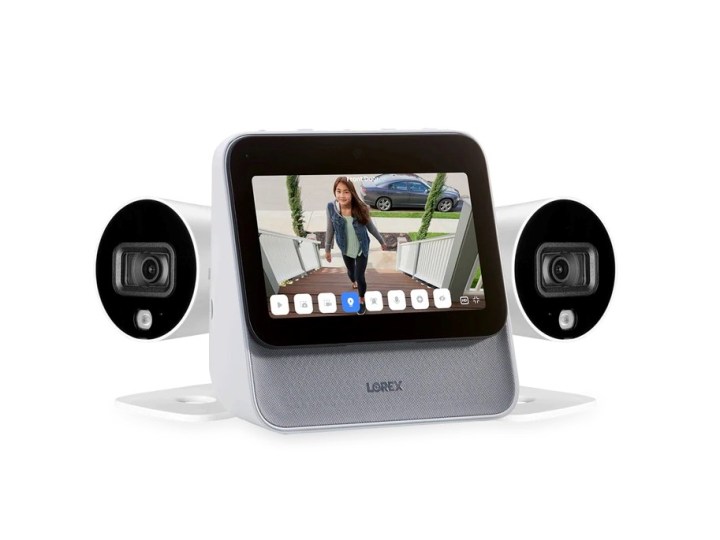Smart home devices provide more than just convenient assistance — they also help us complete tasks more efficiently and protect our homes. And now, they may actually be able to save you money on your homeowner’s insurance.
Homeowners insurance protects or aids you if an incident happens. Yet the best days are when nothing goes wrong, and life is easy for everyone. Smart home devices can be your first line of defense against things that could cause your home harm.
Of course, smart home accessories can turn devices on and off in your home, remind you of appointments, and clean your carpet when you don’t want to, but they can also protect you. For example, accessories such as water leak sensors are useful if your home has old pipes, smart security products can inform you if a door is broken into or a window is smashed, and smart thermostats can help shut off the air if it detects fire or smoke. These kinds of safeguards are some of the things that homeowner insurance companies love.
Which smart home products can save you money?

Your HomePod or Roomba aren’t going to get you an insurance discount. The most popular types of devices that help you save money include alarm and security systems (including cameras and doorbells), fire and smoke detectors, and electronic water or gas shutoff systems. Getting that Nest Doorbell that pairs with the Nest Indoor/Outdoor cameras and Nest Thermostat may save you more money than you paid for the smart home system over time. Remember, though, some insurance companies only offer discounts for certain brands, so do your research before you buy.
Although not the most exciting, these safety devices will help improve your life and, possibly, your wallet. Imagine that you live in an older house, and one of your water pipes begins to leak. You could have a water leak sensor that alerts your phone of the leak, allowing you to spring into action quickly, or the system may be advanced enough to shut off your water automatically. Looking over that scenario, you saved money by not having to file a claim, not hiring people to drain the water or repair the room, and a host of other possibilities.
How much can you save on insurance with smart home devices?

You won’t be able to save a large lump sum of money, and as noted, not all devices are applicable. On average, you can expect to save 105 to 15% of your annual fee on homeowners insurance with the right products. Some types of savings to look for include a reduction of your monthly rate, reduced cost of smart devices, or sometimes a decrease in professional monitoring services. Insurance companies may partner with device manufacturers and that can sometimes save you even more.
Insurers such as Amica, Farmers, Hippo, and Lemonade generally will offer some form of discount. Some companies will reduce your monthly fee or other payments if you have compliant smart home devices. Ask your insurer or any prospective company if they provide some discount for a particular smart device.
So, should you go buy a ton of smart home devices to save money? The short answer is no, at least not if the end goal is to save money. When looking at the annual fee savings for an average household paying the median homeowners fee ($1,650), you’re saving about $200 per year. Smart home devices will cost a lot of money upfront, and some have additional backend cloud or monitoring fees. First, look at your living situation and buy the devices that most apply to your needs. For example, if you live in a newer home, you may not need a water leak sensor like that old Victorian house does down the street.
If you’re not getting a discount now with your homeowner’s insurance, call your insurer and see if they offer discounts for the smart home products you have, and ask what brands and devices qualify. Who knows, the next Alexa-enabled video doorbell you buy may be worth $200 in your wallet.



